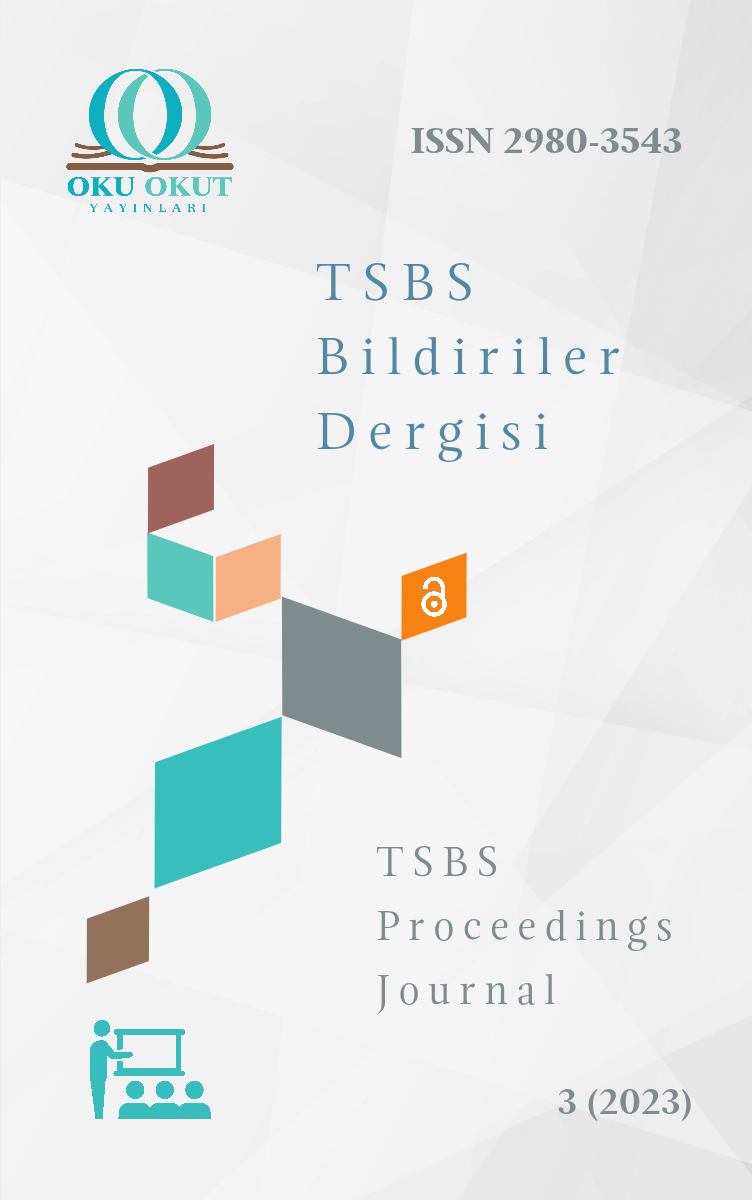Explanation of Some of the Elements in the Work entitled Mazhar al-Anwār wa Kashf- al-Asrār in Terms of Sufi Perspectıve
Mazhar-ı Envâr ve Keşf-i Esrâr Adlı Eserdeki Bazı Unsurların Tasavvufi Açıdan İzahı

Telif Hakkı (c) 2023 Rümeysa Kayaoğlu (Yüksek Lisans Öğrencisi)
Bu çalışma Creative Commons Attribution-NonCommercial 4.0 International License ile lisanslanmıştır.
CC BY-NC 4.0 lisansı, eserin ticari kullanım dışında, her türlü ortam ve formatta paylaşılmasına, kopyalanmasına, çoğaltılmasına ve orijinal esere uygun şekilde atıfta bulunmak kaydıyla yeniden düzenlenmesine, dönüştürülmesine ve eser üzerine inşa edilmesine izin verir.
Makale Bilgileri
- Konu Türk Dili ve Edebiyatı
- Gönderim 25 Temmuz 2023
- Yayım 13 Ağustos 2023
- Sayı Sempozyum 3 (2023): TSBS Bildiriler Dergisi
- Bildiri Bilim Alanı Türk Dili ve Edebiyatı
- Kategoriler






